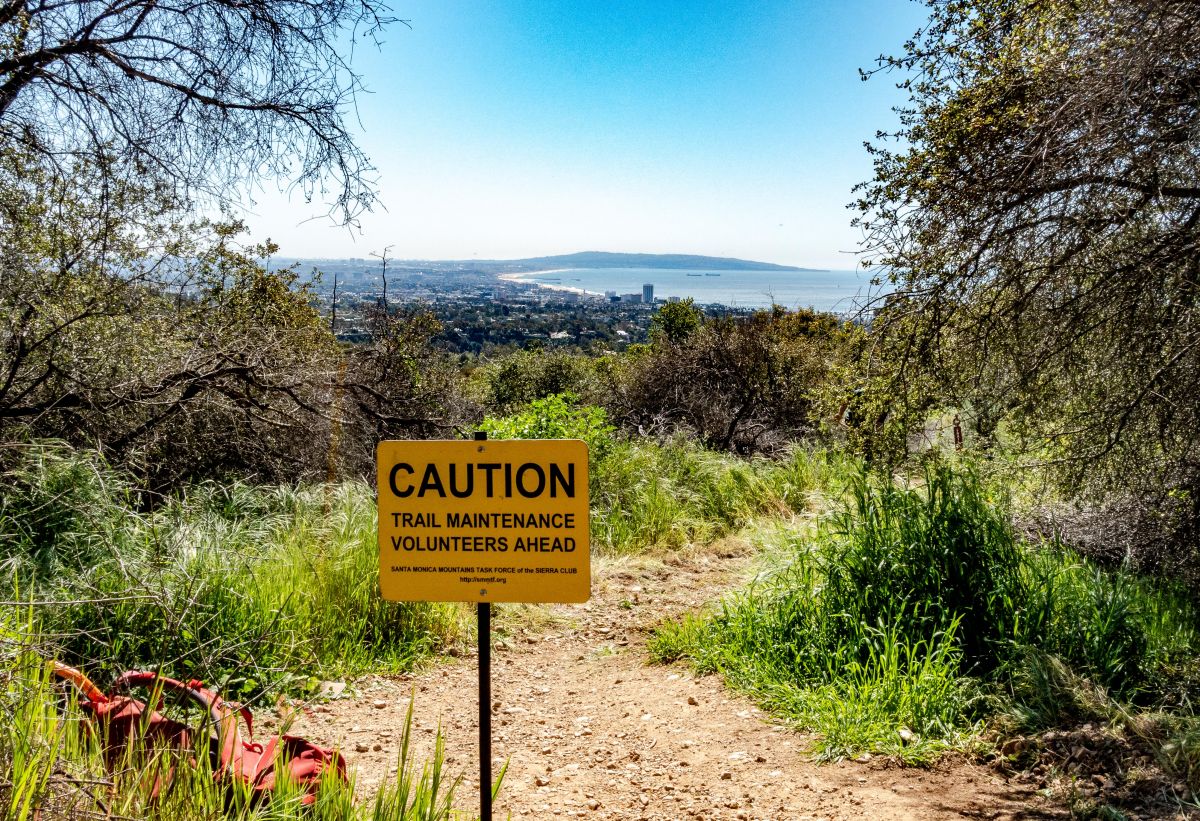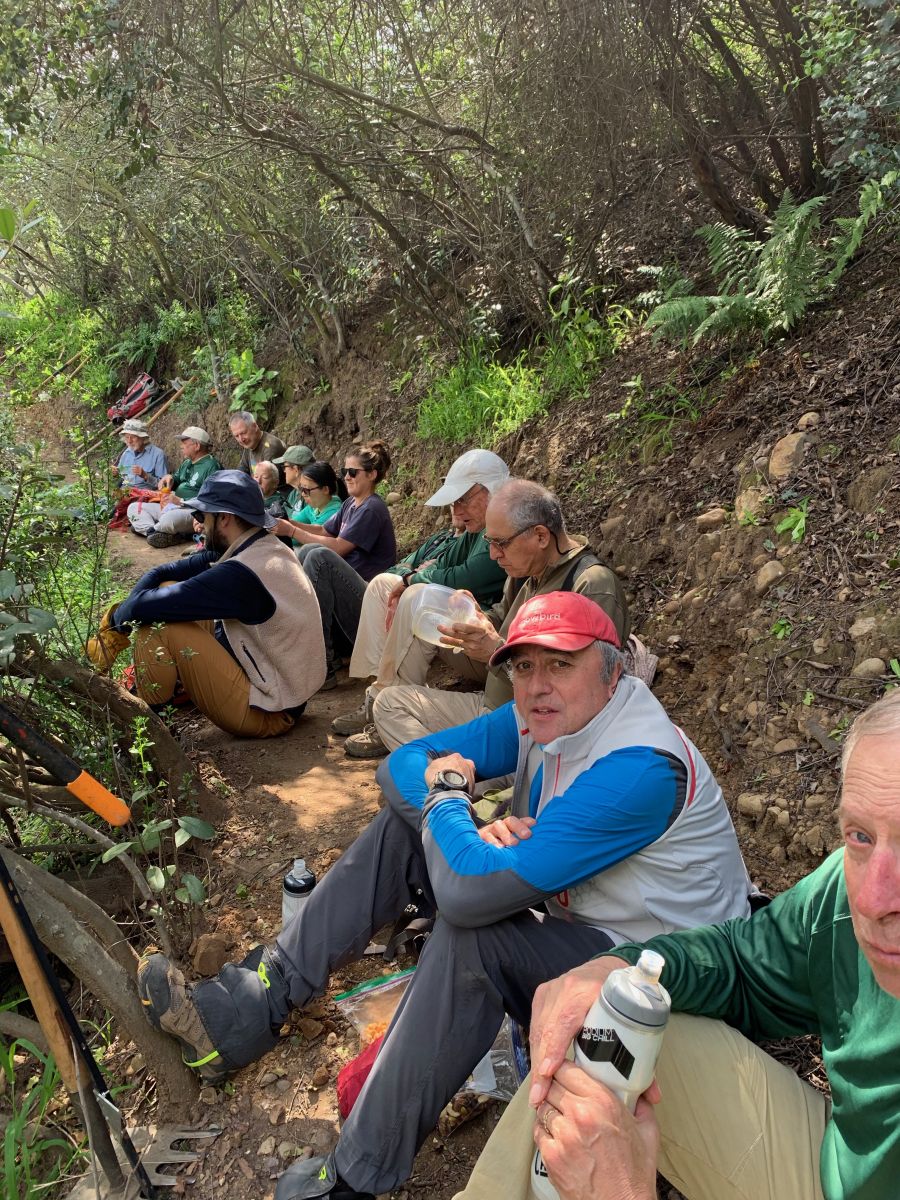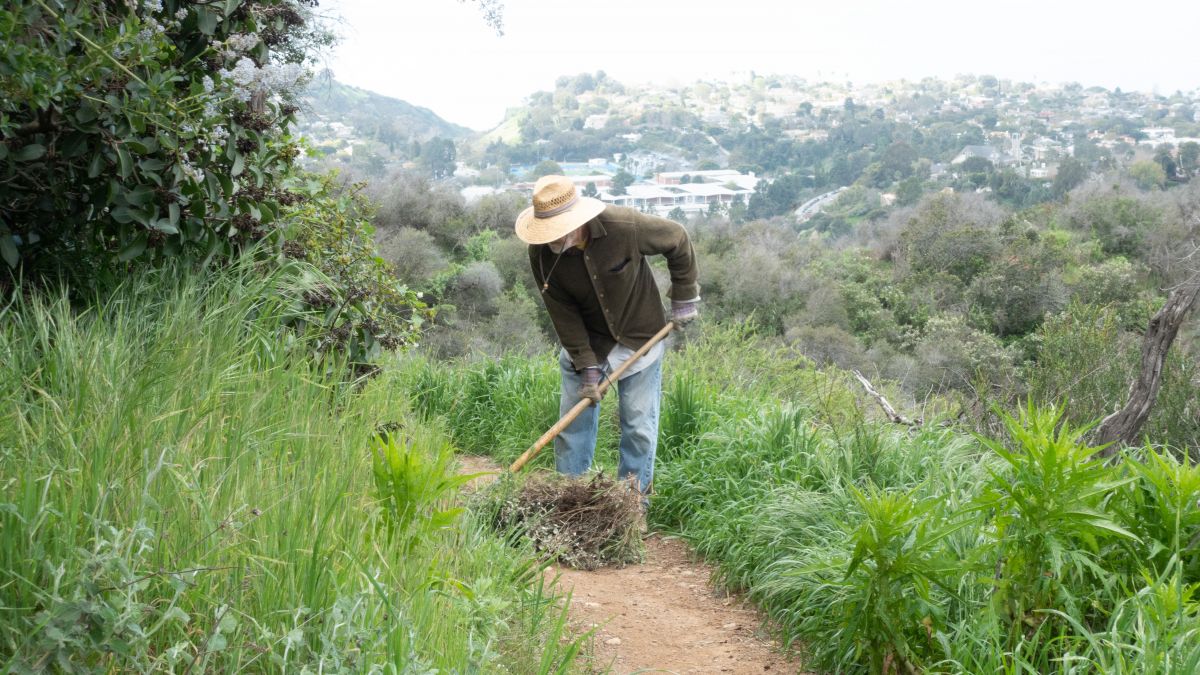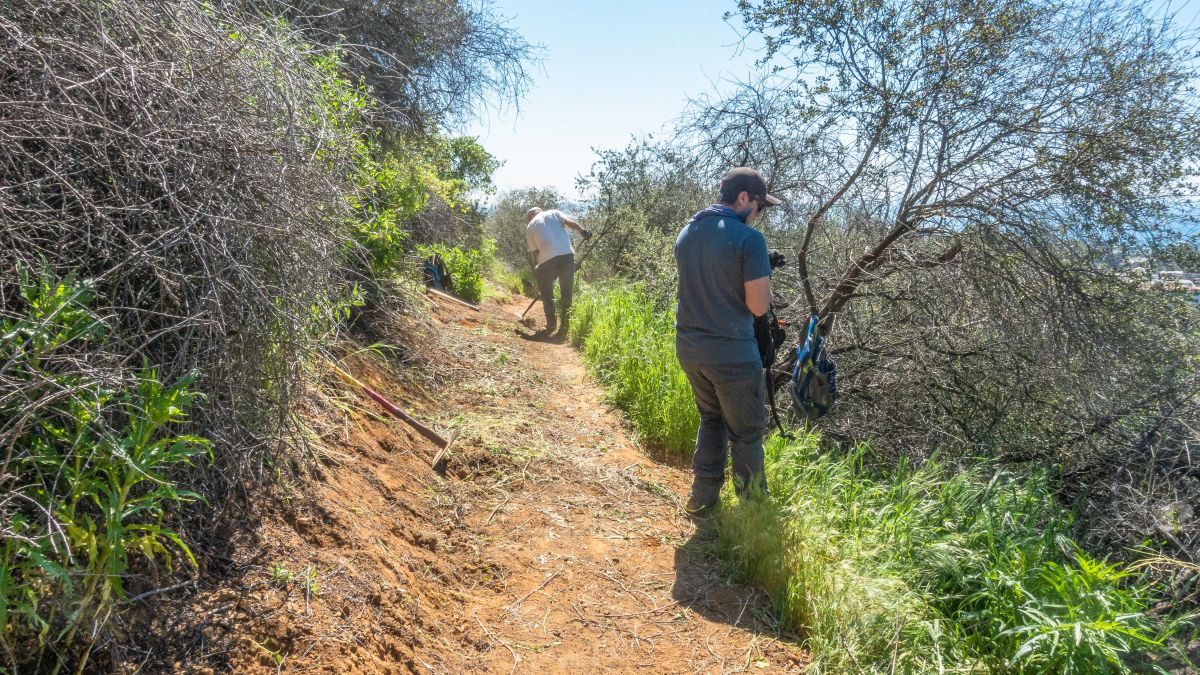
If you have ever been hiking in the Santa Monica Mountains National Recreation Area, you've probably marveled at how such boundless nature exists in the urban sprawl of Southern California. In the idyllic scenery sitting around Solstice Canyon Loop Trail, forgetting all of city life's unpleasantries is almost a little too easy, as this boundless nature captivates trail-goers to distraction. In the process, what is too often left forgotten is how this public land came to be.
For almost a hundred years, a ceaseless battle raged between local conservationists and land developers in the Santa Monica Mountains. The happy ending to this story is one of the largest urban parks in the United States, encompassing 150,000 acres and at least five zip codes.
It began in the 1920s when developer Alonso Bell proposed dynamiting a large portion of what is now Topanga State Park to create a limestone quarry. Fortunately, a wealthy Pacific Palisades resident by the name of Sylvia Morrison stepped up and lobbied for a protected park in that location. In one of the best examples of early environmental activism in Southern California, Ms. Morrison was able to tie up the approval process so effectively that Bell's plan to dig his quarry ended by 1928. Unfortunately, so did Morrison's dream to create a park in its place.

Focus was taken off the Santa Monica Mountains during the turbulent '30s and pre-war years when Santa Monica and the surrounding hills became a playground for a few wealthy landowners. However, in the post-war housing boom of the 1950s and 1960s, powerful and well-financed eyes newer to the scene began to focus on the Santa Monica Mountains. What followed were losses of large tracts of the Mountains to housing developments, a proliferation of frightening proposals that would turn pristine canyons into landfills, and plans for a major highway through the area. These detrimental changes necessitated grassroots action.
Sue Nelson, a longtime local in the area, was the first to step up to the plate. Worried about the recent development, Nelson founded a group she named "The Friends of the Santa Monica Mountains, Parks, and Seashore." In 1965, the group's effective politicking resulted in the election of Marvin Braude, an avowed conservationist, to the Los Angeles City Council. For the next ten years, a fight was waged to protect this area by Braude, Nelson, and two other local activists: Margot Feuer and Jill Swift, whose presences at county meetings made them the Sierra Club's principal lobbyists for the Mountains. These dedicated individuals advocated for the establishment of a National Park and fiercely opposed developers and politicians eager to transform the area into a giant parking lot/landfill.
Instead, the Braude, Nelson, Feuer and Swift partnership resulted in the establishment the Santa Monica Mountains Task Force along with a nature preserve stretching from Franklin Canyon to Point Mugu as a part of the National Parks and Recreation Act of 1978. The three women became known as the "Mothers of the Santa Monica Mountains."
The trio realized that to promote their campaign for the protection of the Santa Monica Mountains, they would need to enlist thousands of grassroots supporters. They approached Sierra Club members and enthusiastic conservationists like Ron and Mary Ann Webster to promote and lead citizen hikes on the fire roads then servicing the area. Through the efforts of Ron and Mary Ann, these weekend hikes became wildly popular. Some Saturdays found Ron at the head of 1,000 eager hikers, followed by local TV news crews. No doubt, these hikes were a significant factor in the support for the establishment of the Santa Monica Mountains Preserve.
With the establishment of the Preserve, Ron and Mary Ann were then tasked with designing and building a trail system opening up the area to the hikers and campers for which the area had been created. With the help of volunteers, Ron identified and physically constructed needed trails, while Mary Ann handled the intricate details as well as dealt with the political threats to the land. With that, the Santa Monica Mountain Task Force Trail Crew was born.


Over the following 40 years, Ron and Mary Ann have directed the design and construction of dozens of trails throughout the Santa Monica Mountains -- a listing too vast to display here. The Task Force was also directly responsible for the creation of over 35 miles of the 70 mile long Backbone Trail, which provides an unbroken hiking link from Franklin Canyon to Point Mugu.
Stories like these serve as great reminders of the idea that just a few dedicated people can change their surroundings. In the case of the Santa Monica Mountains, we are grateful for four committed women, a progressive politician, and one dynamic couple. But who will be the next to carry the torch into the next generation?
With the opening of the Backbone Trail, that torchbearer could be you. Bill Vanderberg, the crew leader and vice chairman of the Task Force Trail Crew, says that while the building of trails in the Santa Monica Mountains is nearly complete, volunteers are needed every Saturday, from October through June, to maintain the many miles of existing trails. The work not only presents opportunities to get outside and socialize but also to exercise and keep a healthy lifestyle. If you're interested in joining, visit their website to learn more!
Photos by: John Nilsson